French Bulldog
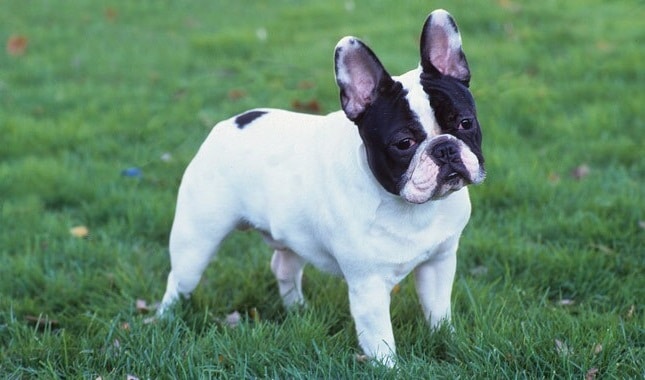
Suitable for families with or without children, they can also get along with cats and other pets if introduced properly. French Bulldogs rarely bark, and while they need some exercise, they don’t need much, which makes them popular with city dwellers.
Table of Contents
Breed Information
| Another Name | Bouledogue Français |
| Origin | France |
| Height | 28-30 cm |
| Weight | 11-13 kg |
| Fur | Short |
| Color | White-tiger, tiger, white-pale (spotted), pale |
| Lifespan | 12-15 years |
| FCI Classification | Companion and Toy Dogs |
| Group | Decorative dogs, fighting dogs, apartment dogs, dogs for kids |
| Price | $1200-2700 |
Breed Photos
Origin History
The French Bulldog originated in England and was created as a decorative version of the Bulldog. The breed was quite popular among lace workers in Nottingham, and when many emigrated to France in search of better opportunities, they naturally took their little bulldogs with them.
The French Bulldog flourished in France and Europe, and Americans soon discovered its charm. The United States saw its first French Bulldog at the Westminster Kennel Club Dog Show in 1896. The breed was quickly called the “Frenchman,” and that affectionate name is still used today.
Appearance
While the French Bulldog may not have the same beautiful elegance as the golden retriever, they are certainly charming. They have a small compact body, well built and quite muscular, except for the wrinkled skin around the face and shoulders. French Bulldogs most often come in cream, pale and white, but can also have tiger patterns or black masks. They have trademark dark brown eyes and a charming “flattened” muzzle. According to the standards, “two of the hallmarks of the French Bulldog are its bat ears and a half-flat, half-bent skull.”
Character
Suitable for families with or without children, they can also get along with cats and other pets if introduced properly. French Bulldogs rarely bark, and while they need some exercise, they don’t need much, which makes them popular with city dwellers.
You must be prepared for the practical rituals of cleaning and grooming. Your schedule should include plenty of time spent at home to prevent the separation anxiety that French Bulldogs can be susceptible to.
Care
The French Bulldog has a short, fine, smooth coat that is easy to care for. Brush weekly with a rubber glove or soft-bristle brush. Bathe the French Bulldog monthly or as needed to keep the coat clean.
French Bulldogs do not molt much but lose their undercoat twice a year. In the spring and fall, use a shearing comb and grooming mitt to remove excess hair.
The only grooming required is nail clipping, ear brushing, tooth brushing, and wrinkle care. Deep skin folds should be cleaned a couple of times a week or every day. Wipe the dirt from the wrinkles with a soft, damp cloth or baby wipe, then wipe them off thoroughly. If moisture remains, wrinkles become an ideal place for bacteria to grow, so remember to pay more attention to the hard-to-reach areas in your dog’s grooming routine.
Training
Training is easy for this breed when there is food. As free-thinkers and fun-loving dogs, they will be more eager to learn if the training feels like play. French Bulldogs have a naughty side, so they will need an owner who can laugh with them and stick firmly to their training plan. Becky Smith, president of the French Dog Club of America, notes that people with “patience, a kind disposition, gentle hands, and a loving spirit – are the perfect owners for this beloved breed” who thrive on human companionship. French Bulldogs want to give love and get lots of pat on the belly in return.
Common Diseases
Although French Bulldogs are adorable animals, they are susceptible to breathing problems and many other medical conditions.
Perhaps the main health problem of French Bulldogs is their pinched nostrils (known as stenotic nostrils). Bulldogs are one of the brachycephalic breeds.
Hip dysplasia, abnormal vertebrae, or premature degeneration of the intervertebral discs are also serious health problems that plague the breed. These health problems are reasons why breeders should continue to look for ways to improve French Bulldogs’ health and well-being. A responsible breeder will do all the genetic testing necessary to ensure quality and healthy French Bulldog puppies.
Nutrition
The French Bulldog does much better when fed a varied quality diet because they quickly get bored with food if fed the same food day in and day out. It is better to provide them two small meals a day than one large meal.
French Bulldogs are not greedy dogs, although they put on weight all too easily if they are not given a proper, quality, and nutritious diet appropriate to their age and the right amount of daily exercise. They are not known to be picky eaters, but, again, their diet must be monitored. Pay special attention to what is given to the dog if he begins to gain weight. It is especially true for young French Bulldogs, who still have a lot of growing and development to do. Being overweight puts a lot of stress on the dog’s bones, joints, and ligaments.
If, however, you have chosen natural food for your pet, it is worth paying attention to the menu’s components. Usually, the French Bulldog menu is porridge with meat, where the main ingredients are as follows: Meat (up to 15% of the serving weight). Veal and poultry (boneless and skinless) are best. You were also allowed to use lamb, horse meat, and boiled offal. If you take cereals, a good choice is buckwheat, barley, and pearl groats, as well as rice. Sometimes it is allowed to cook oatmeal in meat broth or milk, but only if the pet likes it. You can also add sweet peppers and carrots, cucumber and tomatoes, beets and cabbage, pâtisson, zucchini, etc., to the meal. Restrictions apply to potatoes, which must be boiled beforehand.
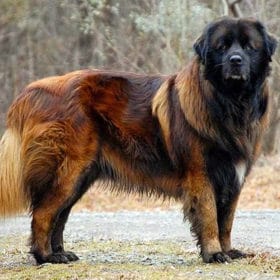 Estrela Mountain Dog
Estrela Mountain Dog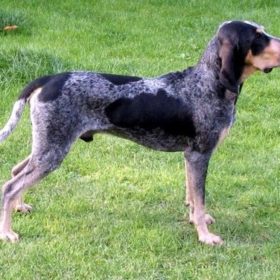 Grand Bleu de Gascogne
Grand Bleu de Gascogne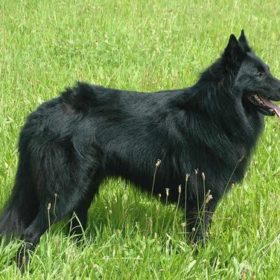 Belgian Shepherd Groenendael
Belgian Shepherd Groenendael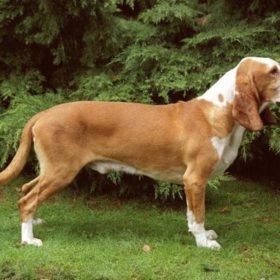 Sabueso Español
Sabueso Español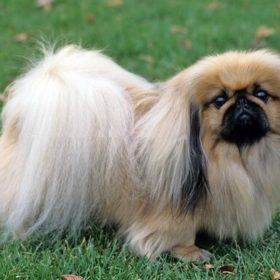 Pekingese
Pekingese Rhodesian Ridgeback
Rhodesian Ridgeback


